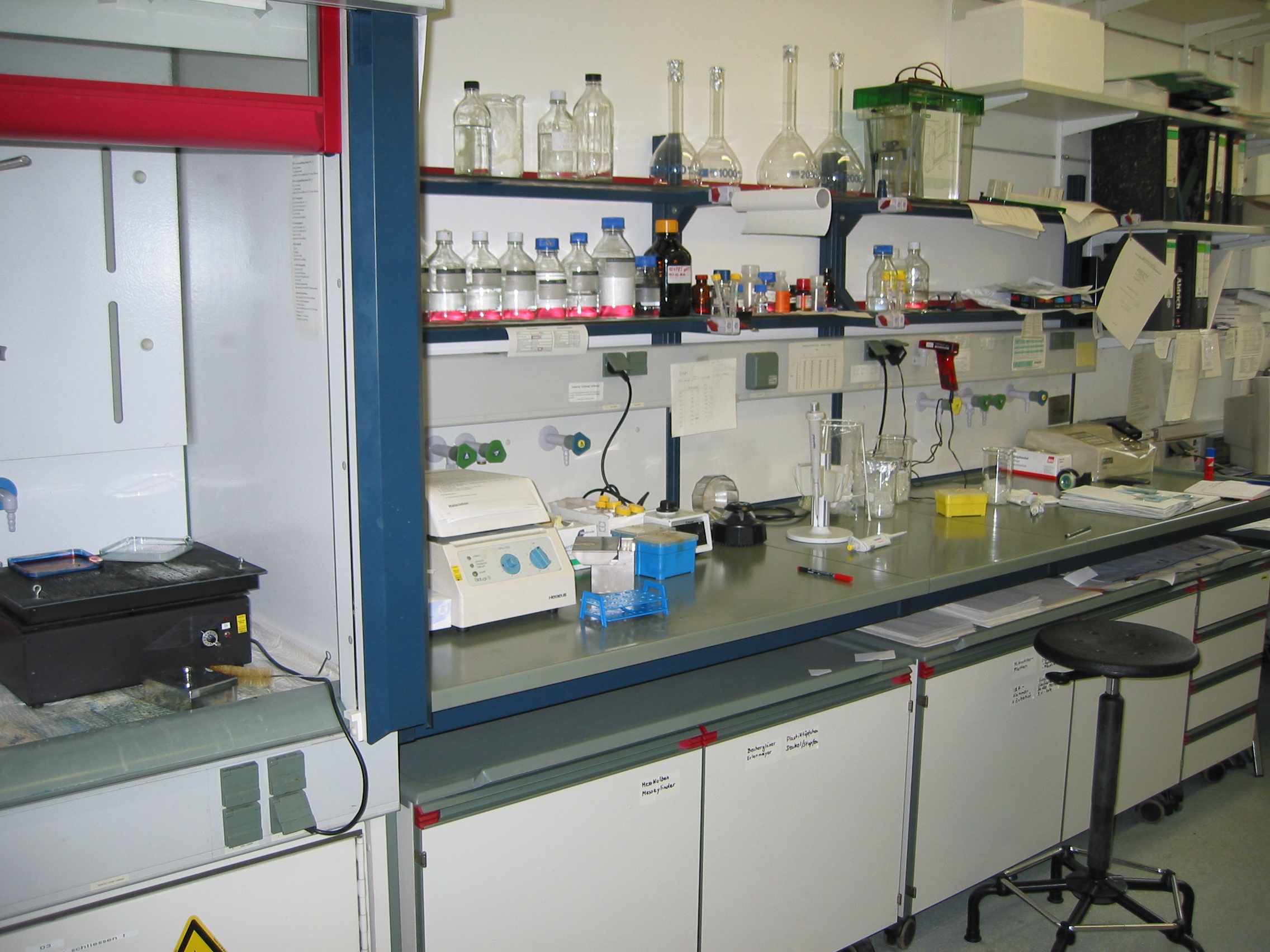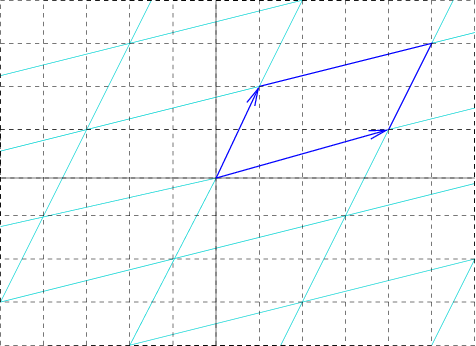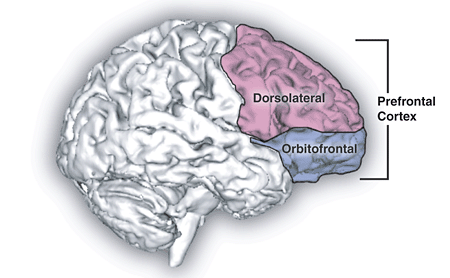|
Zwitterionic
In chemistry, a zwitterion ( ; ), also called an inner salt or dipolar ion, is a molecule that contains an equal number of positively and negatively charged functional groups. : (1,2-dipolar compounds, such as ylides, are sometimes excluded from the definition.) Some zwitterions, such as amino acid zwitterions, are in chemical equilibrium with an uncharged "parent" molecule. Betaines are zwitterions that cannot isomerize to an all-neutral form, such as when the positive charge is located on a quaternary ammonium group. Similarly, a molecule containing a phosphonium group and a carboxylate group cannot isomerize. Amino acids Tautomerism of amino acids follows this stoichiometry: : The ratio of the concentrations of the two species in solution is independent of pH. It has been suggested, on the basis of theoretical analysis, that the zwitterion is stabilized in aqueous solution by hydrogen bonding with solvent water molecules. Analysis of neutron diffraction data for glycine ... [...More Info...] [...Related Items...] OR: [Wikipedia] [Google] [Baidu] |
Chemistry
Chemistry is the scientific study of the properties and behavior of matter. It is a physical science within the natural sciences that studies the chemical elements that make up matter and chemical compound, compounds made of atoms, molecules and ions: their composition, structure, properties, behavior and the changes they undergo during chemical reaction, reactions with other chemical substance, substances. Chemistry also addresses the nature of chemical bonds in chemical compounds. In the scope of its subject, chemistry occupies an intermediate position between physics and biology. It is sometimes called the central science because it provides a foundation for understanding both Basic research, basic and Applied science, applied scientific disciplines at a fundamental level. For example, chemistry explains aspects of plant growth (botany), the formation of igneous rocks (geology), how atmospheric ozone is formed and how environmental pollutants are degraded (ecology), the prop ... [...More Info...] [...Related Items...] OR: [Wikipedia] [Google] [Baidu] |
Glycine
Glycine (symbol Gly or G; ) is an amino acid that has a single hydrogen atom as its side chain. It is the simplest stable amino acid. Glycine is one of the proteinogenic amino acids. It is encoded by all the codons starting with GG (GGU, GGC, GGA, GGG). Glycine disrupts the formation of alpha-helices in secondary protein structure. Its small side chain causes it to favor random coils instead. Glycine is also an inhibitory neurotransmitter – interference with its release within the spinal cord (such as during a '' Clostridium tetani'' infection) can cause spastic paralysis due to uninhibited muscle contraction. It is the only achiral proteinogenic amino acid. It can fit into both hydrophilic and hydrophobic environments, due to its minimal side chain of only one hydrogen atom. History and etymology Glycine was discovered in 1820 by French chemist Henri Braconnot when he hydrolyzed gelatin by boiling it with sulfuric acid. He originally called it "sugar of ... [...More Info...] [...Related Items...] OR: [Wikipedia] [Google] [Baidu] |
Trimethylglycine
Trimethylglycine is an amino acid derivative with the formula . A colorless, water-soluble solid, it occurs in plants. Trimethylglycine is a zwitterion: the molecule contains both a quaternary ammonium cation, quaternary ammonium group and a carboxylate group. Trimethylglycine was the first betaine discovered; originally it was simply called betaine because it was discovered in sugar beets (''Beta vulgaris'' subsp. ''vulgaris''). Several other betaines are now known. Medical uses Betaine, sold under the brand name Cystadane, is indicated for the adjunctive treatment of homocystinuria, involving deficiencies or defects in cystathionine beta-synthase (CBS), 5,10-methylene-tetrahydrofolate reductase (MTHFR), or cobalamin cofactor metabolism (cbl). The most common side effect is elevated levels of methionine in the blood. The EU has authorized the health claim that betaine "contributes to normal homocysteine metabolism.". Biological function Biosynthesis In most organisms, gly ... [...More Info...] [...Related Items...] OR: [Wikipedia] [Google] [Baidu] |
Vitamin B6
Vitamin B6 is one of the B vitamins, and is an essential nutrient for humans. The term essential nutrient refers to a group of six chemically similar compounds, i.e., "vitamers", which can be interconverted in biological systems. Its active form, pyridoxal phosphate, pyridoxal 5′-phosphate, serves as a coenzyme in more than 140 enzyme reactions in amino acid, glucose, and lipid metabolism. Plants synthesize pyridoxine as a means of protection from the UV-B, UV-B radiation found in sunlight and for the role it plays in the synthesis of chlorophyll. Animals cannot synthesize any of the various forms of the vitamin, and hence must obtain it via diet, either of plants, or of other animals. There is some absorption of the vitamin produced by intestinal bacteria, but this is not sufficient to meet dietary needs. For adult humans, recommendations from various countries' food regulatory agencies are in the range of 1.0 to 2.0 milligrams (mg) per day. These same agencies also recogni ... [...More Info...] [...Related Items...] OR: [Wikipedia] [Google] [Baidu] |
Pyridoxal-phosphate
Pyridoxal phosphate (PLP, pyridoxal 5'-phosphate, P5P), the active form of vitamin B6, is a coenzyme in a variety of enzymatic reactions. The International Union of Biochemistry and Molecular Biology has catalogued more than 140 PLP-dependent activities, corresponding to ~4% of all classified activities. The versatility of PLP arises from its ability to covalently bind the substrate, and then to act as an electrophilic catalyst, thereby stabilizing different types of carbanionic reaction intermediates. Role as a coenzyme PLP acts as a coenzyme in all transamination reactions, and in certain decarboxylation, deamination, and racemization reactions of amino acids. The aldehyde group of PLP forms a Schiff-base linkage (internal aldimine) with the ε-amino group of a specific lysine group of the aminotransferase enzyme. The α-amino group of the amino acid substrate displaces the ε-amino group of the active-site lysine residue in a process known as transaldimination. The result ... [...More Info...] [...Related Items...] OR: [Wikipedia] [Google] [Baidu] |
Lability
Lability refers to the degree that something is likely to undergo change. It is the opposite ( antonym) of stability. Biochemistry In reference to biochemistry, this is an important concept as far as kinetics is concerned in metalloproteins. This can allow for the rapid synthesis and degradation of substrates in biological systems. Biology Cells Labile cells refer to cells that constantly divide by entering and remaining in the cell cycle. These are contrasted with "stable cells" and "permanent cells". An important example of this is in the epithelium of the cornea, where cells divide at the basal level and move upwards, and the topmost cells die and fall off. Proteins In medicine, the term "labile" means susceptible to alteration or destruction. For example, a heat-labile protein is one that can be changed or destroyed at high temperatures. The opposite of labile in this context is "stable". Soils Compounds or materials that are easily transformed (often by ... [...More Info...] [...Related Items...] OR: [Wikipedia] [Google] [Baidu] |
Psilocybin
Psilocybin, also known as 4-phosphoryloxy-''N'',''N''-dimethyltryptamine (4-PO-DMT), is a natural product, naturally occurring tryptamine alkaloid and Investigational New Drug, investigational drug found in more than List of psilocybin mushroom species, 200 species of mushrooms, with Hallucinogen, hallucinogenic and Serotonin, serotonergic effects. Effects include euphoria, changes in perception, a distorted sense of time (via brain desynchronization), and perceived spiritual experiences. It can also cause adverse reactions such as nausea and panic attacks. Its effects depend on set and setting and one's subject-expectancy effect, expectations. Psilocybin is a prodrug of psilocin. That is, the compound itself is biologically inactive but quickly converted by the body to psilocin. Psilocybin is transformed into psilocin by dephosphorylation mediated via phosphatase enzymes. Psilocin is structural analog, chemically related to the neurotransmitter serotonin and acts as a binding ... [...More Info...] [...Related Items...] OR: [Wikipedia] [Google] [Baidu] |
Unit Cell
In geometry, biology, mineralogy and solid state physics, a unit cell is a repeating unit formed by the vectors spanning the points of a lattice. Despite its suggestive name, the unit cell (unlike a unit vector In mathematics, a unit vector in a normed vector space is a Vector (mathematics and physics), vector (often a vector (geometry), spatial vector) of Norm (mathematics), length 1. A unit vector is often denoted by a lowercase letter with a circumfle ..., for example) does not necessarily have unit size, or even a particular size at all. Rather, the primitive cell is the closest analogy to a unit vector, since it has a determined size for a given lattice and is the basic building block from which larger cells are constructed. The concept is used particularly in describing crystal structure in two and three dimensions, though it makes sense in all dimensions. A lattice can be characterized by the geometry of its unit cell, which is a section of the tiling (a parallelogra ... [...More Info...] [...Related Items...] OR: [Wikipedia] [Google] [Baidu] |
Anthranilic Acid
Anthranilic acid is an aromatic acid with the formula C6H4(NH2)(CO2H) and has a sweetish taste. The molecule consists of a benzene ring, ''ortho''-substituted with a carboxylic acid and an amine. As a result of containing both acidic and basic functional groups, the compound is amphoteric. Anthranilic acid is a white solid when pure, although commercial samples may appear yellow. The anion 6H4(NH2)(CO2)sup>−, obtained by the deprotonation of anthranilic acid, is called anthranilate. Anthranilic acid was once thought to be a vitamin and was referred to as vitamin L1 in that context, but it is now known to be non-essential in human nutrition. Structure Although not usually referred to as such, it is an amino acid. Solid anthranilic acid typically consists of both the amino-carboxylic acid and the zwitterionic ammonium carboxylate forms, and has a monoclinic crystal structure with space group P21. It is triboluminescent. Above , it converts to an orthorhombic form with spa ... [...More Info...] [...Related Items...] OR: [Wikipedia] [Google] [Baidu] |
Psilocybin
Psilocybin, also known as 4-phosphoryloxy-''N'',''N''-dimethyltryptamine (4-PO-DMT), is a natural product, naturally occurring tryptamine alkaloid and Investigational New Drug, investigational drug found in more than List of psilocybin mushroom species, 200 species of mushrooms, with Hallucinogen, hallucinogenic and Serotonin, serotonergic effects. Effects include euphoria, changes in perception, a distorted sense of time (via brain desynchronization), and perceived spiritual experiences. It can also cause adverse reactions such as nausea and panic attacks. Its effects depend on set and setting and one's subject-expectancy effect, expectations. Psilocybin is a prodrug of psilocin. That is, the compound itself is biologically inactive but quickly converted by the body to psilocin. Psilocybin is transformed into psilocin by dephosphorylation mediated via phosphatase enzymes. Psilocin is structural analog, chemically related to the neurotransmitter serotonin and acts as a binding ... [...More Info...] [...Related Items...] OR: [Wikipedia] [Google] [Baidu] |
EDTA
Ethylenediaminetetraacetic acid (EDTA), also called EDTA acid, is an aminopolycarboxylic acid with the formula . This white, slightly water-soluble solid is widely used to bind to iron (Fe2+/Fe3+) and calcium ions (Ca2+), forming water-soluble complexes even at neutral pH. It is thus used to dissolve Fe- and Ca-containing scale as well as to deliver iron ions under conditions where its oxides are insoluble. EDTA is available as several salts, notably disodium EDTA, sodium calcium edetate, and tetrasodium EDTA, but these all function similarly. Uses EDTA is widely used in industry. It also has applications in food preservation, medicine, cosmetics, water softening, in laboratories, and other fields. Industrial EDTA is mainly used to sequester (bind or confine) metal ions in aqueous solution. In the textile industry, it prevents metal ion impurities from modifying colours of dyed products. In the pulp and paper industry, EDTA inhibits the ability of metal ions, especiall ... [...More Info...] [...Related Items...] OR: [Wikipedia] [Google] [Baidu] |
Anthranilic Acid
Anthranilic acid is an aromatic acid with the formula C6H4(NH2)(CO2H) and has a sweetish taste. The molecule consists of a benzene ring, ''ortho''-substituted with a carboxylic acid and an amine. As a result of containing both acidic and basic functional groups, the compound is amphoteric. Anthranilic acid is a white solid when pure, although commercial samples may appear yellow. The anion 6H4(NH2)(CO2)sup>−, obtained by the deprotonation of anthranilic acid, is called anthranilate. Anthranilic acid was once thought to be a vitamin and was referred to as vitamin L1 in that context, but it is now known to be non-essential in human nutrition. Structure Although not usually referred to as such, it is an amino acid. Solid anthranilic acid typically consists of both the amino-carboxylic acid and the zwitterionic ammonium carboxylate forms, and has a monoclinic crystal structure with space group P21. It is triboluminescent. Above , it converts to an orthorhombic form with spa ... [...More Info...] [...Related Items...] OR: [Wikipedia] [Google] [Baidu] |





